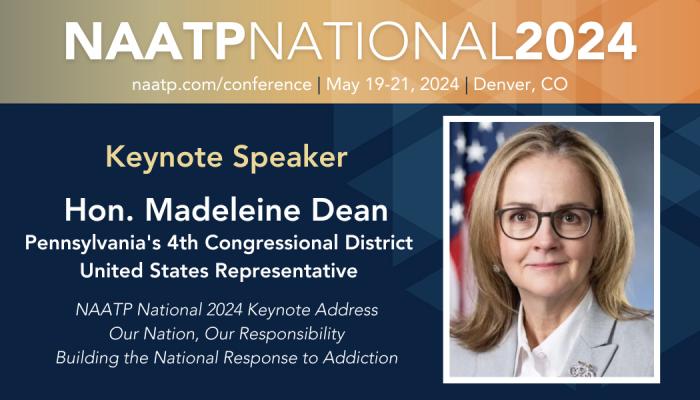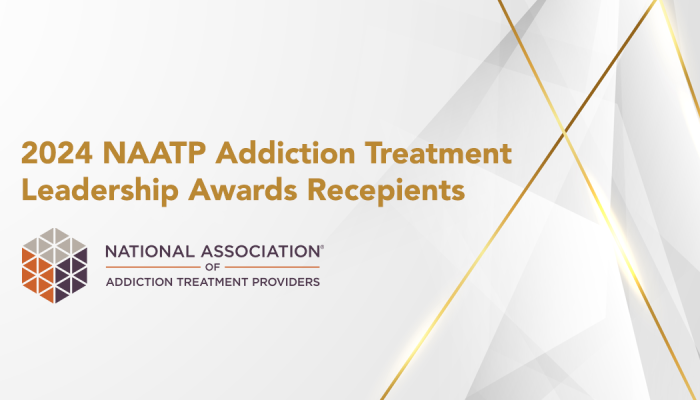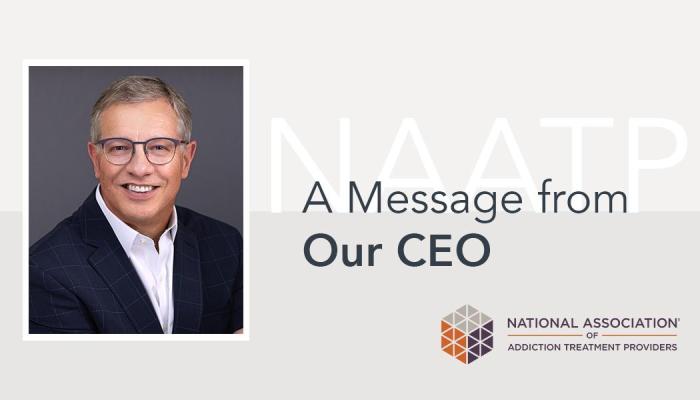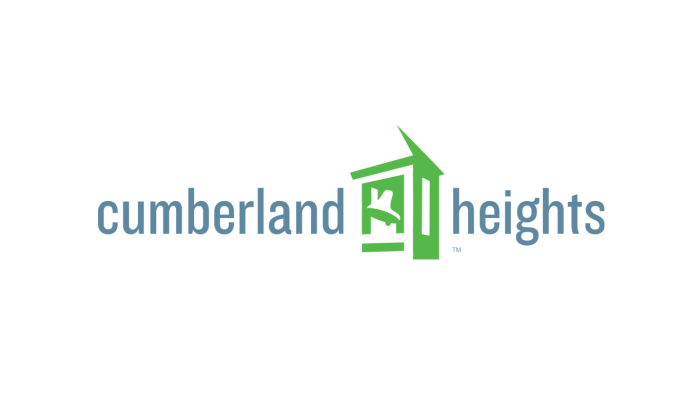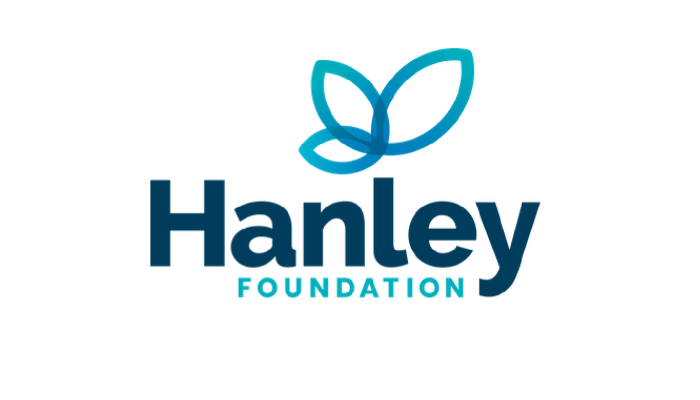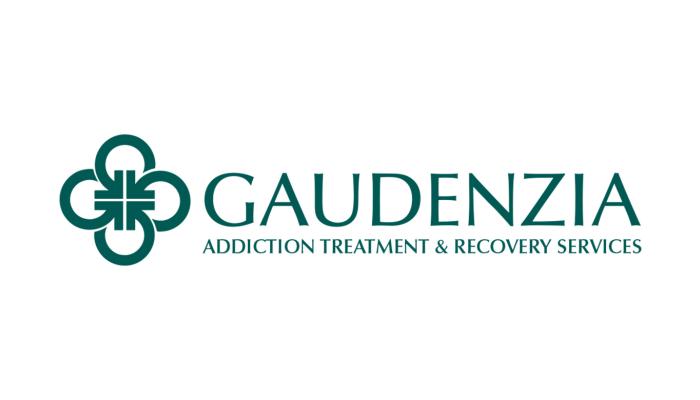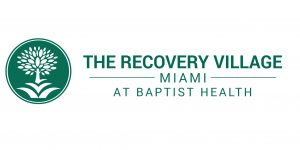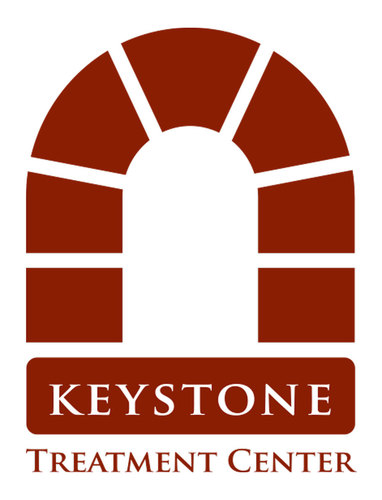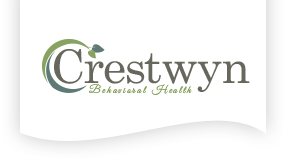In this section…
- First Steps in Organizing a Hill Day
- Organizing Timeline & Checklist
- Forms & Materials
- Appointment Setting
- Day-of Reminders
- Post-Event Follow Up and Next Steps
Personal meetings are one of the most effective ways to educate elected officials on challenges and needs within the addiction treatment field. Organizing a Hill Day creates the opportunity for a unified group to provide members of Congress and state and local officials with critical information to influence their policy decisions.
When a large group of constituents (people from an elected official’s district) request a meeting and share consistent messaging regarding a particular issue, the elected officials are more likely to take the issue seriously and support legislation and policy initiatives that align with those views. Elected officials are tasked with balancing the consequences and benefits of legislation on their constituency. Hill Days provide the opportunity to push the narratives that most benefit the recovery community.
Planning for Recovery Hill Days is critical to its success and must focus on crafting unified messaging around the key issues being discussed. A Hill Day’s value will be compromised or may even become counterproductive if participants provide inconsistent views and messaging. The more effectively you plan for your grassroots Recovery Hill Day, the more seriously the elected officials will view it.
“The appearance of power is power.”
First Steps in Organizing a Hill Day
Determine the Date and Notify Potential Participants
Plan and schedule the event early so participants can plan ahead for expenses in their fiscal year budget. Familiarize yourself with the legislative calendar and agenda to know when the state legislature is in session and to ensure that you and the other participants are well versed in the legislation being discussed.
Determine an Event Coordinator
Designating an Event Coordinator (or Lead) is important to this process. The Lead can be the central point of contact, help to recruit volunteers while also giving guidance and encouragement. Having a Lead or Co-Lead that has previous experience with a Hill Day may be beneficial.
Determine the Staging/Kick-Off Meeting for Hill Day
This is an important decision that will affect transportation, food, and hotel options. Holding a kickoff event at the Capitol is ideal, but it may be difficult to reserve space, so a church or hotel with available meeting space that is within walking distance of the Capitol is a good alternative. If you select a venue that is not within walking distance of the legislator’s office, you will need to provide information about transportation. Be sure that the location’s capacity is large enough for the number of participants expected when selecting a staging site. The location should also be accessible to people with disabilities. In addition, make sure that all of the technical equipment you might need is readily available.
Determine How Appointments Will Be Set
Designate an organizer (lead or co-lead) early on who will track/schedule appointments; keep in mind that this may be a huge undertaking for one individual, depending on the number of participants. If appointments are set by participants themselves, be sure to have them notify the organizer so that an overall schedule can be maintained. Scheduling can be done through an elected official’s staff and needs to happen as early as possible. Many offices will not confirm a meeting until 1 week out.
Determine What You Will Cover in Your Training Sessions
Many people will have no prior experience in advocacy and may be unfamiliar with the issues. Ask yourself, “If I’m a person who has never done this before, what information would I need to feel comfortable and prepared?”
Training sessions are a good way to prepare your participants for Capitol Hill Day and to answer any questions they might have. An Advocacy 101 session is recommended, along with in-depth briefings on your chosen issues and roleplaying exercises. Utilize more experienced participants to provide training on topics such as:
- “ABCs of Advocacy"
- Government 101
- “How a Bill Becomes a Law”
- Communication Etiquette
- Maps and knowing the buildings
- Conducting an in-person meeting - Roleplay Visits
- State Specific Status
- Do any of your participant facilities have a lobbyist? If so, lobbyists are generally knowledgeable about the current legislative priorities and landscape of the state.
- NAATP Policy Topics and Issues
See if experts from other industry organizations may be willing to participate (for example, NAMI or Mental Health America if you are working on mental health issues). Factor in time for roleplaying exercises and practice conversations to ease jitters and reiterate the dos and don’ts of advocacy.
Determine the Number of Volunteers You Will Need
Organizing a Hill Day is a big endeavor and you will benefit from getting the support of a few volunteers throughout this process to help make phone calls, prepare materials, stuff folders, and schedule appointments. Here are some of the volunteer roles for Hill Day:
- Sign in participants and distribute name tags
- Hand out Recovery Hill Day packets
- Meet guest speakers and introduce them around the room (more information about inviting a kickoff speaker below)
- Setup and control any tech and A/V items, such as laptops/projectors/PowerPoints
Organizing Timeline & Checklist
Prepare a Recovery Capitol Hill Day Timeline and Checklist and calendar important dates and tasks. The timeline and checklist tasks can be tracked in either an excel file or word document and should include the projected completion date. Include task details and the person responsible on the calendar to ensure tasks aren’t missed. Below is a sample task timeline on a Four-Month Cycle that you may adapt for your own use.
The date for your Hill Day should be selected well in advance, at least six months or more. When you select a date, make sure that the legislature is in session. Once you have your date, you can begin to share and communicate the date. Once committed, encourage your participants to help spread the word and share on social media.
Four-Months Out
- Reserve your meeting room and a block of hotel rooms if needed.
- Determine if lunch or transportation is needed and make these reservations as applicable.
- Explore catering options and narrow choices based on budgetary constraints.
- Schedule training days (in person or virtual) to prepare participants.
- Solidify format for (is it a day of visiting legislators’ offices, a reception, a briefing for legislators their staff?
90-Days Out
- Post-registration information and logistics that support participants as they make travel arrangements. This can be done on a website, through a Facebook group or event, or another platform.
- Select your issues.
- Create Recovery Hill Day agenda and instructions.
- Confirm presenters for pre-Hill Day trainings.
- Designate an organizer to schedule/track appointments.
60-Days Out
- Decide what materials to include in the participant packets.
- Draft a press release, to be sent out a few days before Hill Day.
- Determine number of volunteers and the role they will fill.
- Invite a key official to welcome the group on Hill Day. This serves as a big encouragement to the attendees.
- Invite guest speakers who will provide briefings on the issues.
30-Days Out
- Begin scheduling meetings via telephone or email (see detailed information section about Appointment Setting). Save appointment information for Senator and Representative meetings in a master list to allow the Event Organizer to more easily tell later registrants what meetings have been scheduled and prevent duplication of effort.
- If you are scheduling appointments, allow seven days and then make follow up calls to confirm the appointments.
- Recruit volunteers to help with your effort.
- Order any materials you may need for Hill Day such as pencils, folders, notepads, and nametags.
15-Days Out
- Prepare the participant folders.
- Call any vendors with whom you have contracts and make any last-minute changes.
- Follow up on all meeting requests with legislators’ offices that have not yet responded.
- Continue to update the master appointment list as meetings are scheduled and confirmed.
2-Days Out
- Send out the final draft of the press release to the media regarding the event.
- Finalize master meeting schedule including names, numbers, and emails of attendees.
- Prepare your meeting location and make sure that you have everything you need.
- Confirm cell phone list of attendees.
- Confirm transportation and catering provider, as applicable.
- Confirm Keynote speaker if one has been confirmed.
- Send event reminder communication (when, where to meet) to participants. Also provide information via email for navigating the Capitol, appropriate dress, and the agenda for Kick-Off event.
Forms & Materials
Appointment Master List
The best way to keep track of appointments is with Excel or a similar program. Information to log in the spreadsheet includes:
- Name of Legislator
- State and/or District represented
- Name of Scheduler
- Phone number of Congressional office
- Name of staff person who may take the meeting
- Time requested/Time confirmed
- Attendees (with contact information—emails/office #/cell #)
- Meeting location
- Date appointment is confirmed and who confirmed it
Be sure you collect name of attendees’ Senators and Representatives (or however elected officials are designated in your state) during Registration. Many can’t/don’t distinguish their State elected officials from the US elected officials, so this takes a bit of extra effort. “How to Find Out Who Represents Me” feature is important part of the registration process.
Appointment Setting
Through email provide information to assist scheduling appointments. This should include a step-by-step process, who to talk to, and a sample script (see example below). Appointments can be scheduled by phone or email, and many elected officials have scheduling forms on their website. Educate participants that a meeting with a staff member may be more productive than meeting with the elected official. Legislative staff can assist in finding the best person to talk to.
Coordinate group office visits to avoid redundant meetings. Different groups visiting at separate times to discuss the same issues repeatedly take valuable time away from legislators and gives the impression of disorganization. It’s important to represent the industry in an organized and cohesive manner.
Example: Texas has 31 Senators and 150 Representatives. The Texas Hill Day constituent groups are organized by Senator, so all participants who share that Senator visit together. From that appointment, participants then separate into smaller groups to visit their respective Representatives.
The Event Coordinator should appoint a Senate lead. Assign that person to schedule the appointment for that constituent group with their Senator/staff member. They should report back to the Event Coordinator with the information once scheduled. The Event Coordinator should then notify all other attendees who share that Senator of the appointment time so they can schedule their Representative appointment around the Senate appointment. It is valuable for participants to meet with elected officials representing their home address (their voting district) and their work address.
Sample email and phone script for setting appointments
Day-of Reminders
Regarding participants: expect about 20% no-show rate and about 20% attendance without registering.
It will be important to do some brief training on target issues, bill updates, how to conduct a visit, etc. at your Kickoff Meeting because many of your attendees will not have engaged in the pre-event trainings.
On-site Registration
Have on-site registrants fill out a sign-in sheet that includes the following information:
- Name
- Contact information
- Home and business addresses
- Names of State Elected Officials
Participant Packets
- Capitol Map
- Hill Day Agenda
- Master List of Appointments
- Tips and Contact Information in case of questions/needs
- Issue Talking Points
- Leave-Behind Materials – typically gathered in a separate folder, important to include extra copies
- Visit Report Forms – to be filled out for each visit
Leave-Behind Packets
A personal meeting with a legislator or their staff is the perfect opportunity to educate them about Substance Use Disorder Treatment and related issues. You do not want to overwhelm the official, but you do want him or her to leave the meeting with a better understanding of the importance of access to effective treatment and the important role NAATP and your organization play. A “leave-behind” document that clearly and succinctly defines the issues is probably the most important item in your participant packet. Try to avoid a leave-behind that is more than 1 or 2 pages. Other materials you may consider leaving with the legislator or staff person are:
- The NAATP Public Policy Agenda
- Your business card
- Letter from CEO of the organization supporting the issues
- Letters from other constituents that were unable to attend the Hill Day asking for support for the issues
Kickoff Meeting
- Hand out Participant Packets
- Connect all participants who share a Senate appointment – This can be done through assigned tables, signs with Senator names, or some other connecting piece of information. This helps participants get to know each other (in addition to previous email connections you may have already made).
- Connect on-site registrants to their constituent group.
- Allow time for constituent groups to determine who will cover which topics.
- Welcome by an Elected Official. Again, if you can invite a key official to welcome the group. This serves as a big encouragement to the attendees.)
- Abbreviated Training/Reminders:
- What to expect
- How to conduct a visit
- A quick review of leave-behind materials
- Any last-minute bill updates
- Remind participants to get business cards during visits
- The goal is to develop relationships
- Importance of sending thank-you notes and any promised follow up information
Other Tidbits
- Plan for a group photo-op.
- Station a volunteer “helper” somewhere to answer questions, have extra leave behind material, and collect visit reports.
- With lead time and planning, it is possible to have a proclamation read on the Senate or House floor the day of the event. As many participants as possible should be in the Gallery when this happens.
Assistance is important as it will help create an “I can do this!” feeling for novice participants.
Post-Event Follow Up & Next Steps
One of the most important aspects of a Hill Day is the follow up! The process doesn’t end when the event ends. Appreciation goes a long way in maintaining these new advocacy relationships. Always be friendly and professional and offer to provide additional information if available.
- Continue ongoing follow up with attendees.
- Send thank-you correspondence within a week of returning home.
- Thank the legislators and their staff for their time and reiterate your support for the issue and the “ask.”
- Send out a survey (within 2 weeks so ideas are fresh) to the participants to get feedback for what to do and what not to do for the next Hill Day.
- Emphasize to participants the importance of staying in touch with the legislators and staff. A relationship with a key staff member can be very valuable!
- Keep participants and legislators informed of relevant issues, research, and articles. Stay in touch about bill development/movement.
Remember: This is Still All About Politics
- Invite an elected official to visit your organization after the session has ended.
- Hold a reception for them as a thank you for their support. This also offers them a campaign opportunity. If your organization is small, perhaps schedule a joint visit in collaboration with another provider or state association.
- Follow up one-month or 6-weeks later if your legislator or their staff person did not give you a clear answer or gave you a positive answer but then did not follow through with their commitment.
Hopefully there are now more people in your state who have caught the advocacy bug. Keep up the momentum!
______________________________________
For further reading, see our Resources List:





